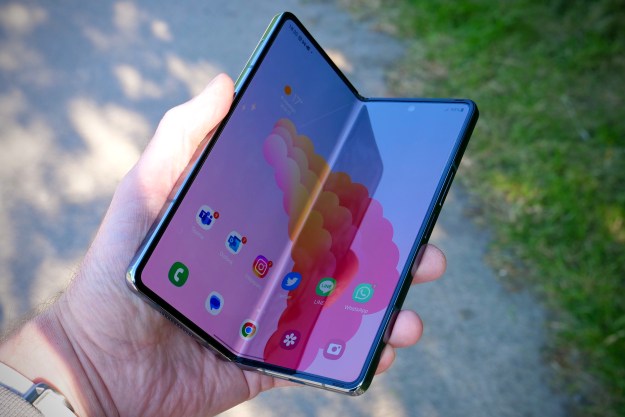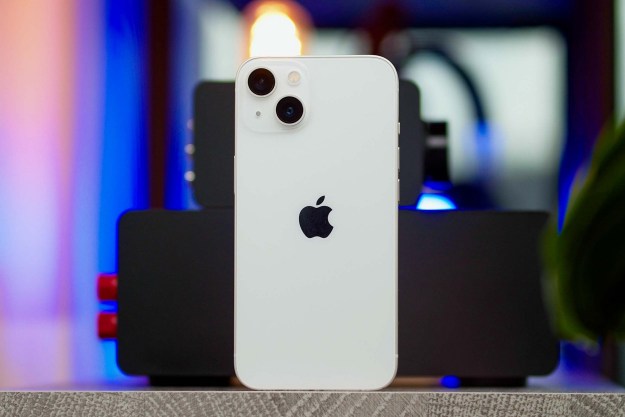Until now, your charging cable has just been a plain old cord without any smarts, but that might change with the UsBidi. The UsBidi not only looks good, but it will charge your phone more quickly and will likely extend the life of the battery.
This hot new cable from UsBidi Charger just landed on Kickstarter a few days ago, and it has already reached 90 percent of its goal. The premise here is that our smartphones are continuing to get smarter, and our charging cables shouldn’t be left behind.
Most people end up charging their phones and tablets overnight, which is convenient, but not the best method. At some point during the night, the battery will reach 100 percent, but the charger will continue to send in juice causing high temperatures and mini-charging cycles. This will deteriorate the battery over time and shorten its overall life.
The UsBidi includes a built-in printed circuit board (PCB) that will shut off the charging circuit once the battery is completely full. It is no different than unplugging the cable yourself, which is why USBidi Charger is calling it an auto-unplug function. This feature will not only save battery life, but will also conserve energy.
In addition, the UsBidi will double the charging speed when plugged into a USB port. Normally when a phone is plugged into the USB port, data syncing and charging happens at the same time, which slows down the overall charging process. However, the UsBidi includes a touch switch that you can set to stop data syncing and make all available power go towards charging.
And while a lot of people don’t think about design when it comes to chargers, if you’re into good-looking stuff, you will love the UsBidi. It features a colorful braided design, and you can purchase it at a range of lengths, including one, three, or six feet. The LED indicator will let you know the charging status, and its magnetic ends make it easy to store.
The UsBidi is available to both iPhone and Android users since it will be offered in MFi certified Lightening and Micro USB versions. It will be available in February 2016, and you can reserve one right now for as little as $19. It will cost $36 when it’s officially launched.
While it does seem like a great concept, it should be noted that the fast charging feature only operates when connected to a computer. Charging on a computer is usually much slower than a wall plug for the reasons we already mentioned. The ability to turn off syncing only means that the charging speed while connected to a computer will be closer to the same experience when using a wall outlet.
Plugging the UsBidi into a wall outlet won’t offer any more speed than a traditional charger. In fact, it appears that you would be better off with Qualcomm’s Quick Charge 2.0 or Quick Charge 3.0 technology, which can charge devices up to 75 percent faster than traditional chargers.
With that said, the auto-unplug feature might prove to be the most valuable feature of the UsBidi. How much battery life it will preserve and how much energy it will save remain open questions though.
Editors' Recommendations
- How to tell if your smartphone battery needs to be replaced
- Which phone has the best battery life? Let’s find out


